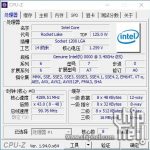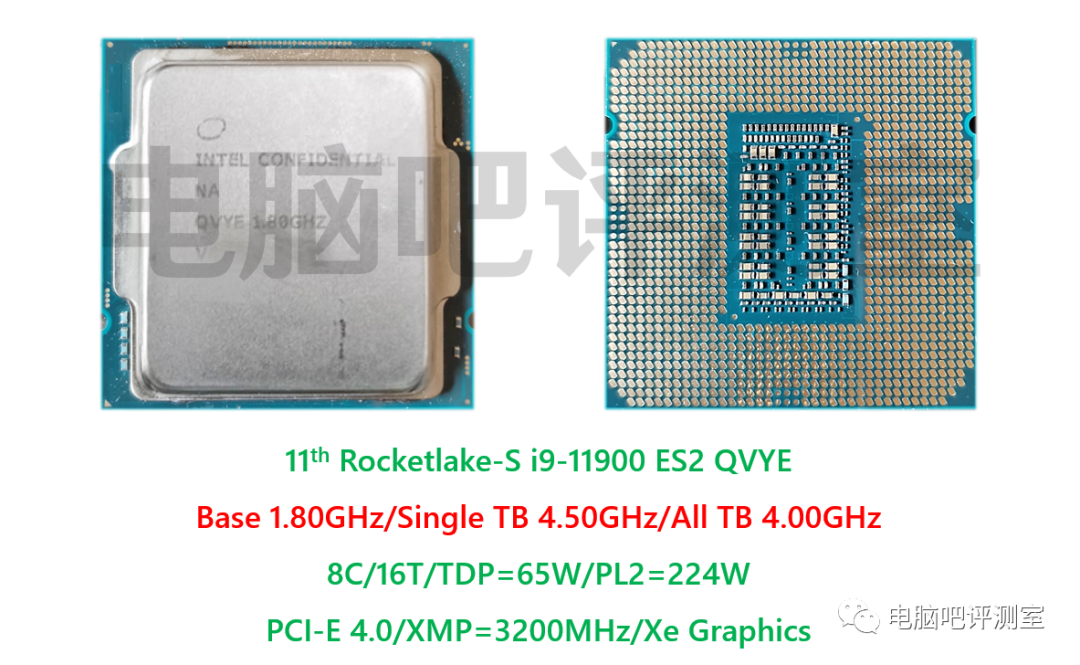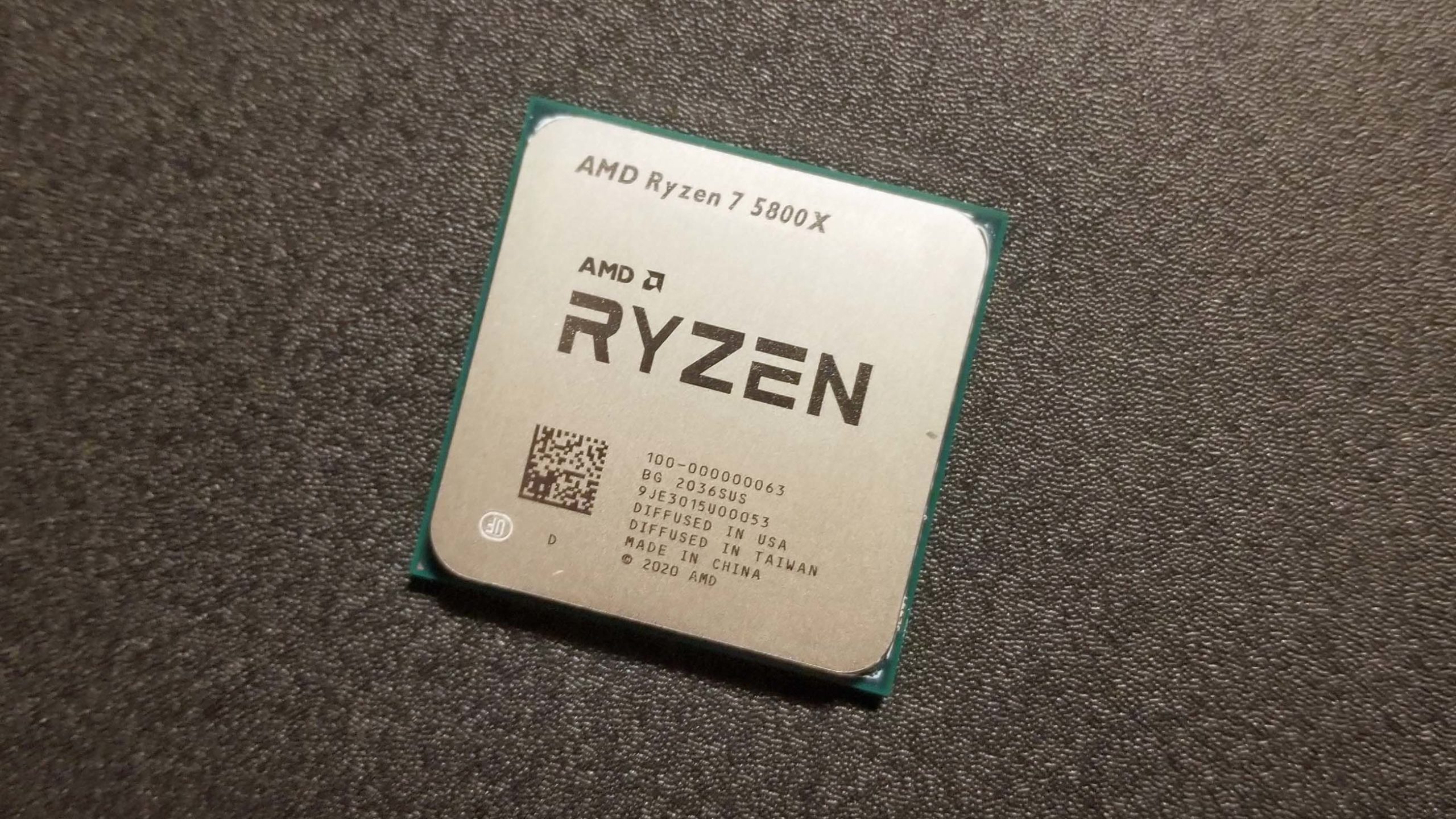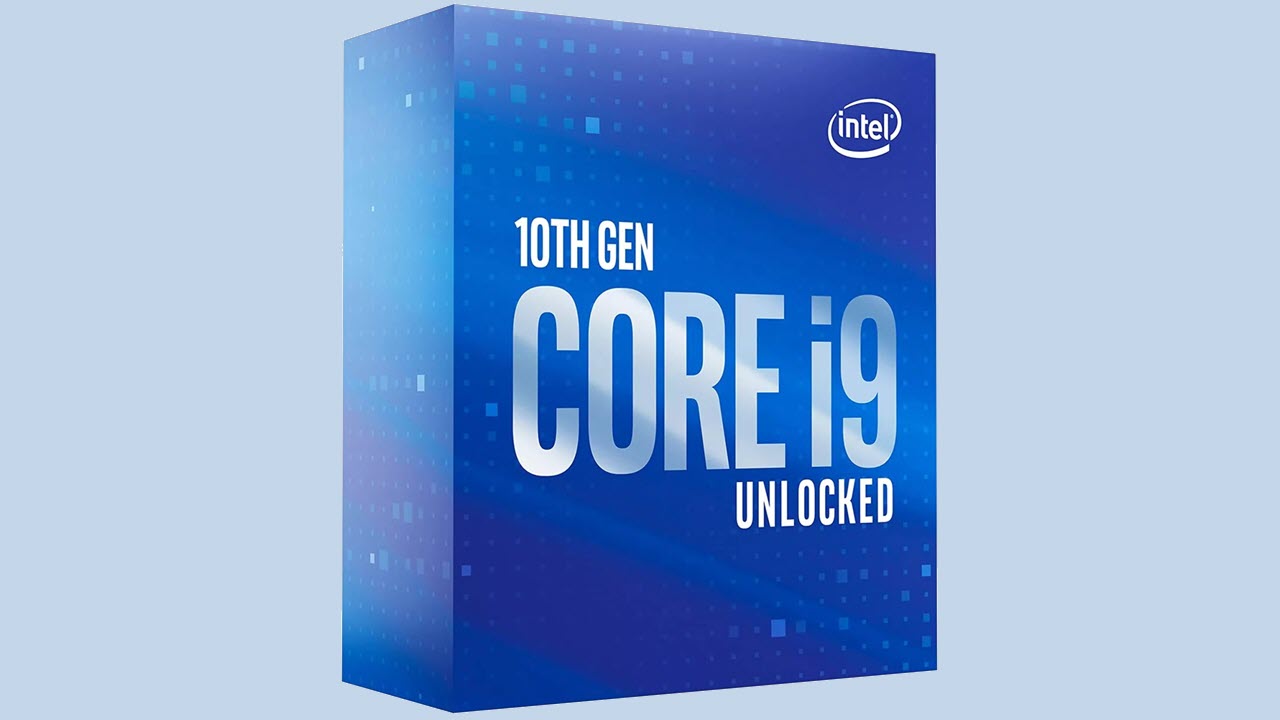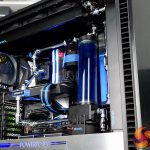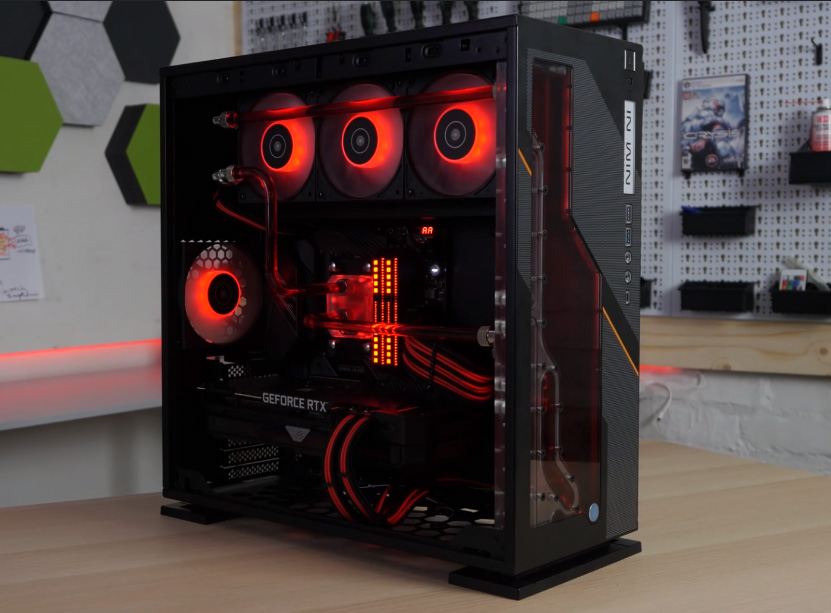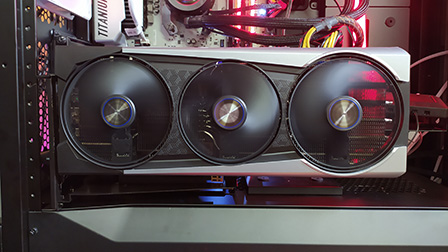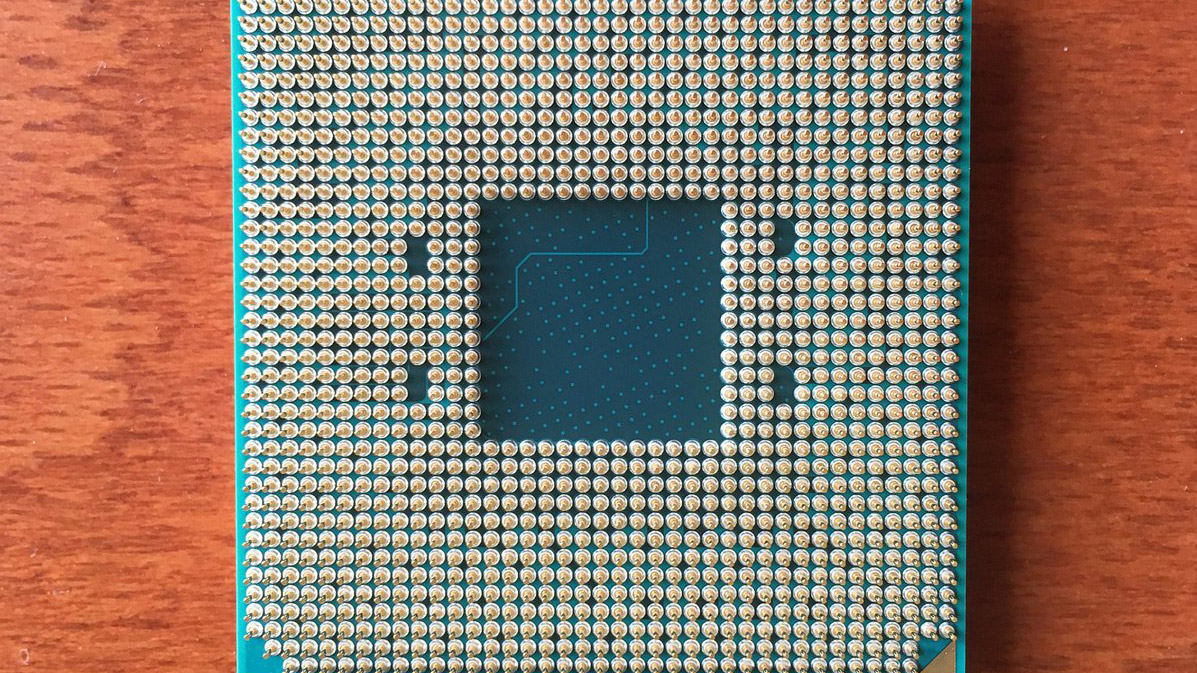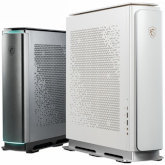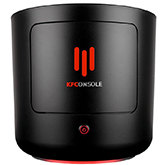Sapphire NITRO + RX 6800 XT is the first custom with AMD RDNA 2 GPU to arrive in the editorial office. With a different heatsink than the reference one and clock frequencies higher than the factory ones, will it be able to make the difference compared to the valid reference model packaged by AMD? Let’s find out together in this review!
by Manolo De Agostini published on 23 December 2020 in the Video Cards channel
Radeon Sapphire Ships AMD
A few weeks have passed since the debut of the solution AMD Radeon RX 6800 XT , a card that although it is nowhere to be found offers very high performance for 4K gaming in traditional titles without ray tr acing, equal to those guaranteed by an equally powerful proposal, the NVIDIA GeForce RTX card 3080.
In our review, in addition to performance, we have seen how AMD has finally upped the ante also with regard to the design of its reference solutions , equipping them with a totally metal heatsink characterized by three fans that ensure adequate temperatures and controlled noise.
The task of the custom models of AMD’s partners is therefore today more difficult than ever, because it emerges compared to a failed project is simple, but doing it over a good cooling system is a different kettle of fish. And this is the theme of the analysis of the card Sapphire Nitro + RX 6800 XT that reached us in the editorial office in recent days. Once removed from the box, a clear difference immediately emerges with the reference model: weight and dimensions .
Sapphire’s card is longer (310 x 134, 3 x 55, 3 mm), but at the same time weighs less (just over 1.2 kg) thanks to the plastic cover. This last point, in particular, allows you to safeguard the PCI Express slot (recently we have seen many manufacturers insert support brackets in the bundle of their proposals). In terms of footprint, the NITRO + takes up approximately three slots on the motherboard.
The card is accompanied by three fans, two side by 100 mm and a central 90 mm (which runs in the opposite direction to the others), as already seen on other products. These fans, according to Sapphire, are “ hybrid “, as they blend the characteristics of the axial and blower fans, improving both the flow and the air pressure, while at the same time containing noise. Like all cards now on the market, also in this case the fans remain stationary in the absence of load, i.e. under a certain operating temperature, not generating any type of noise.
The radiator is made up of three aluminum parts, connected to the copper base which is solely responsible for cooling the GPU. The heat produced by the graphics chip is transported into the three-part radiator via six 6mm heatpipes . Sapphire has also installed another radiator, which takes care of cooling the memory chips and power supply circuitry.
In the back of the card we find a metal backplate that hides K6.5 thermal pads, characterized by various openings and a final part with a window designed to let the hot air pass towards the top of the case, so that it can be captured and ejected outside the chassis. On the backplate we also find a logo that lights up with RGB LEDs , one of the luminous elements in addition to the classic side part .
The card, however, has other interesting details: there is a switch that allows you to switch between a Performance and a Silent BIOS . In reality, the positions that the switch can take are three, as one allows you to switch between Performance and Silent modes through the Trixx software directly from the Windows operating system. Another peculiarity is the presence of a ARGB connector towards the end of the card to synchronize the lighting with that of your motherboard. Model i is completed by two 8-pin PCIe connectors for power supply and video outputs, three DisplayPort 1.4 (one more than the reference model) and one HDMI 2.1 . The NITRO + 6800 XT therefore has no USB C port.
| |
Radeon RX 6800 XT reference |
Sapphire NITRO + RX 6800 XT |
| Architecture |
RDNA 2 |
RDNA 2 |
| Productive process |
7 nanometers |
7 nanometers |
| Number of transistors |
26, 8 billion |
26, 8 billion |
| Die size |
519 mm2 |
519 mm2 |
| Compute Unit |
72 |
70 |
| Stream processor |
4608 |
3840 |
| Ray Accelerator |
72 |
70 |
| Texture unit |
288 |
288 |
| ROPs |
128 |
128 |
| Game Clock |
until 2015 MHz |
BIOS Performance: 2110 MHz
BIOS Silent: 2045 MHz |
| Boost Clock |
until 2250 MHz |
BIOS Performance: 2360 MHz
BIOS Silent: 2285 MHz |
| AMD Infinity Cache |
128 MB |
128 MB |
| GDDR6 memory |
16 GB a 16 Gbps |
16 GB a 16 Gbps |
| Memory bus |
256 bit |
256 bit |
| Memory Bandwidth |
until 512 GB / s |
until 512 GB / s |
Regarding the PCB, the Sapphire board has one more phase than the AMD reference: 13 phases are dedicated to the GPU, three more to the memory . As for the specifications , the BIOS Performance pushes the frequencies to 2110 MHz in Game Clock (+ 95 MHz on the reference specifications ) it’s at 2360 MHz in Boost Clock (+ 110 MHz on the reference ), while the rest of the technical characteristics are identical to the RX 6800 XT reference. The Silent BIOS, on the other hand, sets the two frequencies respectively to 2045 MHz and 2250 MHz.
Test configuration
Tests were conducted at resolutions of 1920 x 1080 pixel, 2560 x 1440 pixel and 3840 x 2160 pixels, looking for if mpre to use very high quality settings to shift the load as much as possible on the GPU. Below are the video cards included in this comparison:
- AMD Radeon RX 6900 XT (reference)
- Sapphire NITRO + RX 6800 XT (custom)
- AMD Radeon RX 6800 XT (reference)
- AMD Radeon RX 6800 (reference)
- Nvidia GeForce RTX 3090 (Founders Edition)
- Nvidia GeForce RTX 3060 (Founders Edition)
- Nvidia GeForce RTX 3070 (Founders Edition)
- Nvidia GeForce RTX 3060 Ti (Founders Edition)
- Nvidia GeForce RTX 2080 Ti (Founders Edition)
- Nvidia GeForce RTX 2080 (Founders Edition)
- Nvidia GeForce RTX 2070 Super (Founders Edition)
- Nvidia GeForce RTX 2060 Super (Founders Edition)
- Nvidia GeForce RTX 2060 (Founders Edition)
- AMD Radeon VII (reference board)
- AMD Radeon RX 5700 XT (reference board)
- AMD Radeon RX 5700 (reference board)
- AMD Radeon RX 5600 XT (Sapphire Pulse)
Below is the configuration of the system used for the tests:
- Operating system: Windows 10 Pro Italian
- Processor: Intel Core i9 – 10900 K
- Power supply: CoolerMaster S ilent Pro Gold 1200 Watt
- Motherboard: ASUS ROG Maximus XII Hero WiFi
- Memory: G.Skill Trident-Z 2 x 8 GB DDR4 – 4000 (17 – 17 – 17 – 37)
- SSD: Crucial P1 M.2 2280 1TB
Performance
We performed a restricted selection of tests that we carry out at the launch of a new design, on the other hand it is not necessary to do many to verify the performance differences between one 6800 XT reference and Sapphire’s NITRO + model. The custom board tests were carried out with the BIOS Performance and we also included two tests with only the ray active tracing, mostly to show the difference between AMD and Nvidia cards in that respect (and Nvidia, remember, can count on DLSS).
Despite the higher frequencies of Sapphire’s proposal (+ 4.7% on the Game Clock – + 4.9% on the boost clock), the difference in performance with the reference version is very contained , in the order of 1-2%.
Frequencies, consumption, temperatures and noise
Let’s move on to the more interesting analysis, namely the comparison in terms of clock, consumption, temperatures and noise between the Sapphire NITRO + RX 6800 XT and the Radeon RX 6800 XT of reference. We ran six consecutive sessions of the Metro Exodus benchmark in 4K with Ultra details, in order to load the cards just enough to put tighten the cooling system.
In terms of clock frequencies, Sapphire’s card climbs steadily beyond 2300 MHz, which the reference version does not do and neither does the Silent BIOS setting . If we take the entire test session, therefore also the periods of low frequency and decline between the loading of one session and the other, the average tells us that the custom card touches 2050 MHz, against 1990 MHz of the reference one: therefore dance about sixty megahertz, and it is for this we do not see significant performance differences.
Sapphire NITRO + RX 5916 XT
Sapphire NITRO + RX 6800 XT
Sapphire NITRO + RX 6800 XT
Sapphire NITRO + R X 6800 XT
If we pass to the temperature , a very interesting topic since it is the cooling system an important element to consider when buying a custom solution, we see that Sapphire’s proposal keeps the GPU at about 70 / 71 ° C , while the reference card goes to 78 / 79 ° C (Sapphire’s Silent BIOS stops 2 ° C below peak, but the temperature is more ballerina). Nothing to worry about in all the cases analyzed, but Sapphire’s proposal comes out very well because it combines everything with a contained noise, even with the BIOS on Performance.
To conclude, the consumption : the highest power limit of the GPU on the Sapphire card leads to an average of 255 watts throughout the test session with the Performance BIOS, while the Silent one stops at just over 232 W. The GPU on the reference proposal touches about 228 W.
Overclock
Overclocking is not an exact science, and the capabilities of one sample may differ from those of another, even with the same design. The only certainty is that from the AMD control panel for now you can’t raise the memory frequency beyond 2150 MHz . As for the GPU, the chip on our board managed a minimum frequency of 2450 MHz and a maximum of 2600 MHz with the power limit at “full scale” and intervening to partially modify the profile of the fans. A nice leap that returns a further improvement in performance and demonstrates the “malleability” of the RDNA 2 architecture at high frequencies. The problem is that the GPU consumption rises to 290 W, but clearly those who overclock do not pay attention to this parameter.
Conclusions
Let’s sum up this NITRO + proposal from Sapphire. The Radeon RX solution 6800 XT has proven to be a card capable of good performance in 4K or 1440 p combined with a high refresh rate monitor, at the level of the GeForce RTX 3080 . This is true for traditional rendering, while in ray tracing AMD still has to work to reach the levels of Nvidia (which among other things can count on DLSS). Sapphire’s proposal delivers performance in line with AMD’s reference proposal – the higher clock doesn’t seem to have much impact.
Regarding the design of the card, not only we like the aesthetics (neither tacky nor anonymous) , but we also appreciated the weight much lower than the reference proposal . The dual BIOS functionality is useful for those who are a fussy about silence, even if we must say that in Performance mode we have identified problems from this point of view. The Silent BIOS tries to reduce the noise slightly, and in fact in our test it “cuts” roughly 200 RPM compared to the Performance profile , but in terms of noise the difference is not so marked.
The dissipator therefore does its job very well , maintaining the pretty cool card without making a fuss. The price is clearly a “ neo “of this proposal, at least for the moment: the card is nowhere to be found and the few that appear are sold at off-market prices. Sapphire has communicated a price list for Italy of 989 euro, an increase of 320 euro on the price communicated by AMD for the 6800 XT reference: this is a value that we understand, being the flagship Sapphire proposal, but which represents a much, too high premium. A problem that however takes a back seat in front of the persistent absence of the new Radeon RX 6000 in stores and at the prices circulating in these weeks.



